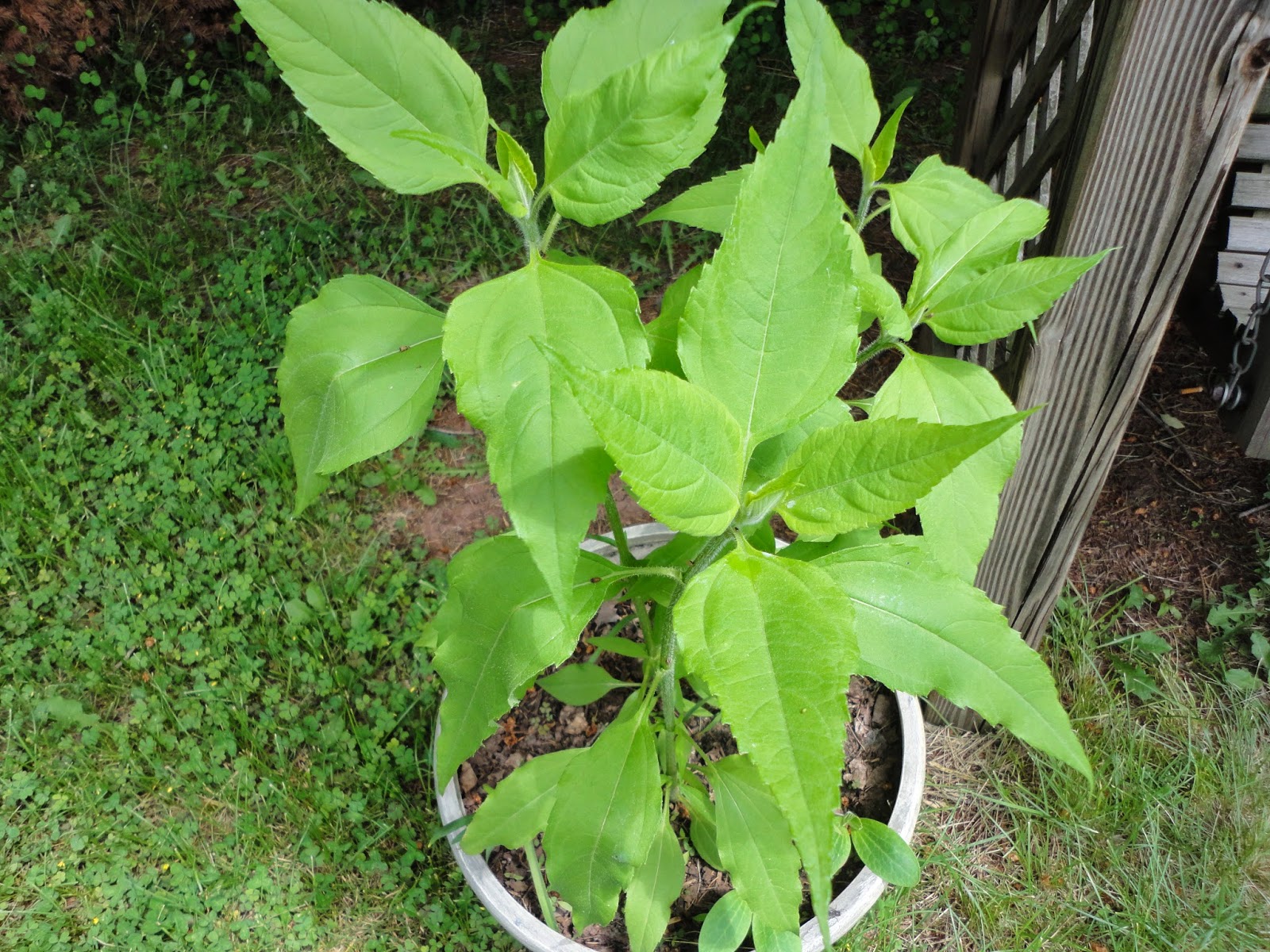I had read about nature farming methods, about Ruth Stout, about reducing the tillage I do in my garden before plowing this year. Then I plowed anyway since it was the way I knew to 'start' the garden every spring. It's easy enough with the roto-tiller we inherited from our grandparents. What really twisted my arm in getting me to adopt some of these techniques was the shoulder surgery I had a bit later, limiting me to the use of solely my left hand. Since I couldn't shovel, rake, start a roto-tiller, barely maneuver a trowel with my bad hand, I had to find an easier way to plant.
So I cut loose a bale of hay, pulled it apart into thick layers and spread them on the ground in a row, and covered the top with some compost. I sprinkled on Belgian endive seeds and watered them in. That was it and it worked. Sooner than I thought the hay began to decompose, worms were working their way up into it, and it maintained consistent moisture.
Such an unassuming pile of hay is all it takes. Since it's softer than dirt weeds come out easily, as do your crops. I was able to gently lift out the grown endives by their roots.
It's just so EASY:
since you can do it with one hand! No wrestling with a tiller or pickax. Rain moistens the soil and the worms till it under a comfy cushion of hay. You grab a trowel and stick your transplants where you want, or simply pull back the top dry layer of hay and sprinkle on your seeds.
It's just to FAST:
since you certainly won't need to water, weed, or fertilize as often (if...ever?!)! Mulch is incredibly important in all gardens since it suppresses weed growth and maintains moisture. If there's no system in place to suppress weeds and maintain moisture, YOU get to be the system! You'll be breaking your back weeding and trucking around a hose twice a day everyday in the peak heat of summer. Instead of caving to Home Depot's pressure to futilely spray herbicides (which is simply fucking bad for everything) or to install an expensive irrigation system, just do it the way nature does it. If you check down about two inches into the mulch around the base of your plants and it's moist, your root zone is good to go! If the mulch is thick enough you're blessed with a constantly active layer of decomposing organic matter which rebuilds and fertilizes your soil. So you can focus on things other than the most inane garden tasks.
And it's just to CHEAP:
since I told you all these things you don't need to buy! No tiller, no repairs to the tiller, no gas, no herbicides, no drip hoses, less water.
This is the first year I've employed faithfully no-till methods, so I'm hardly an authority, but I truly anticipate greater fertility and moisture retention as the beds area allowed to regenerate and be reused (and rotated!) year after year.
HOW IT'S DONE IN 1, 2, 3!
1. Thickly cover the area in which you wish to plant with hay, leaves, grass, paper bags, or another cheaply-acquired biodegradable substance that can fully cover weeds and grass while letting water and air through.
2. Let it sit and break down, for at least a month where you can spare it. Over time the bottommost layer of mulch will become dark, moldy, slimy, and full of little circular black worm turds. ALL GOOD THINGS. Once the grass underneath dies and you notice some worm and bug holes extending directly into the dirt, you are probably ready to plant.
3. Dig into the supple dirt and plant those transplants, or sprinkle seeds right into this moist mulchy germination matrix!
I'm trying to build up some new areas from my own cornstalks and squash vines, hay, and Starbucks' spent pounds of coffee grounds, layered on top of each other as I get them. These spots are for potatoes, which I can already feel being so easily loosed from their beds rather than arduously dug from the soil.
The more time you can give the mulch or bed-building materials to decompose, the better. You'll be left with more of a more dirt-like substance to plant into. Now is the perfect time to get something started for next year! Though decomposition generally slows in the winter, you're still getting a head start on all that great microbial action.
Here's one we can try together. Corral fallen leaves, keep them in place with whatever you can find (some welded wire and metal sheeting, in my case, sticks work, too), and let them hang out. I plan to keep collecting leaves to fill out this space, while shifting the stabilizers from older and mildly decomposed spots onto spots with new leaves.
Happy mulching!























































